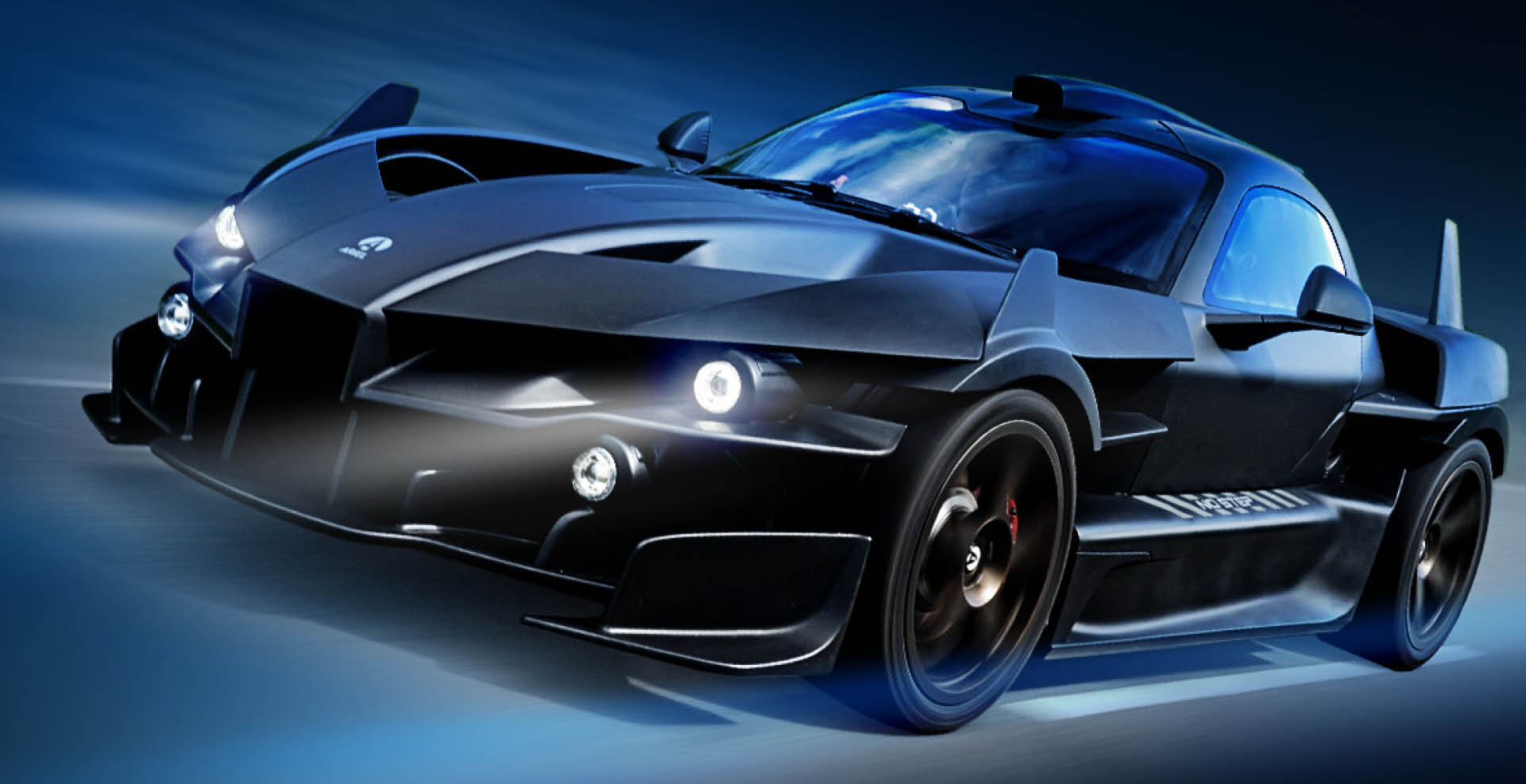An integrated approach to EV performance.

When British sportscar manufacturer Ariel set its sights on producing a low volume production, ultra-high performance electric vehicle to rival some of the world’s leading OEMs, the company sought the expertise of Delta Cosworth.
Ariel’s High-Performance Carbon Reduction, or HIPERCAR for short, would have world-beating road performance but also be track-ready, with a focus on extreme performance, light weighting, agility, and useability, coupled with zero emissions.
The HIPERCAR project has been part-funded by the APC (Advanced Propulsion Centre), a British government organisation whose role is to help accelerate the transition to a net-zero automotive industry.
The APC granted the funding on the basis that the battery technology developed be applicable across the wider automotive industry, to give other sectors the chance to embrace efficient electric technology.
Ariel came to Delta Cosworth in need of a battery capable of powering the car’s four electric motors with a combined total of 1200hp. It also required vehicle control systems, including charging integration, a battery management system to monitor and control the power delivery and heat energy, and systems to control vehicle stability.
The technical challenge sat firmly in Cosworth’s sweet spot, requiring a holistic view of car development and our approach to Vehicle Systems Integration. By looking at the complete sub-system of the vehicle, our team of experts understand how to extract maximum performance from every component to deliver the superlatives that companies like Ariel demand.
CHALLENGES
Any programme seeking to set records, by its very definition, has to break new ground. Low production, high performance, record-setting technology is an area in which we thrive, but the challenge remained no less complex.
The major challenge to overcome was to deliver a high-power battery pack, light enough to enable the HIPERCAR to be an agile track-focused car, while fitting within the relatively small chassis design and having a reasonable range to make the HIPERCAR useable on both track and road.
Developing a battery pack that meets this combination of criteria is not an easy task; battery packs usually provide one or two of three characteristics: high-power, high-energy or lightweight. Combining all three required our innovative approach to vehicle systems integration – looking at the full vehicle, rather than each component in isolation.
SOLUTIONS
Early on in the programme, we understood that to meet the power demands, weight, and packaging constraints, we would need to use and optimise our Cylindrical Scalable Module (CSM) architecture to build a custom shaped pack. Through our CSM, we can group cells together in any formation of series and parallel that customers require. It also enables us to use two different formats of cell, 18650 and 21700.
These formats are the two most commonly used in the industry, resulting in a wide range of cell chemistry, and enabling us to source, test and categorise the best cells for the HIPERCAR. Following intensive R&D and testing, we opted to use the 18650 format for the latest HIPERCAR.
The CSM structure for the HIPERCAR is 3D-printed from a lightweight composite, which saves a significant amount of weight compared to battery packs offered by other manufacturers.
Another area on which we focused was the categorisation of the cells. If we can extract the most potential from a cell within a safe operating window, we can use fewer cells in total, thus reducing the size and weight of the overall pack. Cell manufacturers tend to be conservative when providing data to their customers, citing lower maximum operating temperatures, charge, and discharge rates. When we receive cells, we run our own tests to explore the operating range of a cell fully. From these tests, we can push cells further. This translates into a highly efficient battery pack that maximises available energy.
Deploying our Vehicle Systems Integration philosophy, we then opted to introduce our multi-purpose Catalytic Generator microturbine range extender as part of the propulsion system. The role of the Cat Gen within the HIPERCAR is to charge the battery while on the move, effectively extending the electric range of the car. This enables owners to use the vehicle’s full battery capacity on track, and still drive the car home, even if the battery has been fully depleted.
For the HIPERCAR we managed to meet Ariel’s expectations, supplying them with one of our highest performing packages, with a lightweight battery pack featuring High C-Rate cells for high-performance driving, a range of 150 miles and the ability to extend that with the Cat Gen. Technology from the programme is also transferrable across different applications and sectors.
“With HIPERCAR, we have pushed Cosworth to the extremes of current technology and capabilities,” said Simon Saunders, Director, Ariel Motor Company. HIPERCAR represents everything Cosworth’s approach to Vehicle Systems Integration stands for: ground-breaking high-performance solutions for low-volume production.